2009 EARTHQUAKE, WEST SUMATRA
In light of the previous post, and its mention to the earthquake that struck parts of western Sumatra in 2009, I figured this an appropriate segway to share a few images I’d taken in Padang, a day or so after the tragedy.
You see, this also happened to be the exact time my then partner, Fern, had come to visit. A decision which, from the third level of a hotel structure comparable only to an enfeebling cave of unsupported concrete, resulted in her experience of natures capricious powers, first hand. Escaping serious injury by rushing to the safety of the open streets, Fern was met by a scene of complete devastation. An event, which would go on to take the lives of 1,117 people; causing damage or destruction to over 181,000 buildings (USGS) in Padang and its surrounding districts.
Although suffering the force of the powerful 7.6 magnitude earthquake, the impact of destruction in the Mentawai Islands was for the most part, relatively minimal. This can perhaps be attributed to the essential lack of heavy roofing used in the vastly wooden structures, which appeared to simply dance the impact off.
However, for the larger, more commercially established villages closer to the port towns, the ensuing weeks did bring about a sense of chaos. Why? Well Padang, a city of almost 800,000 people, was suddenly without any tangible supply of food and water. The severity of the disaster, combined with an archaic infrastructure had essentially shut the city down, thus inhibiting the flow of resources out to the island communities. As the economy of the entire archipelago seems to be linked to Padang in one way or another, the islands, which appeared to have limited information regarding the extent of damage on the mainland, experienced a halt in boats arriving altogether, and a sudden quadrupled price tag added to the small amount of supplies available. Cause for concern? Sure. Interestingly though, and despite the terrible circumstances – of which many seemed unaware – I found those that possessed the skills to hunt and gather were as unperturbed and genial as ever, showing no concern for the diminishing supplies or sense of urgency created by the price hikes.
Perhaps it’s worth considering our own reactions under circumstances such as this… would we still possess the ability to survive, without the conveniences we’ve become accustomed to?
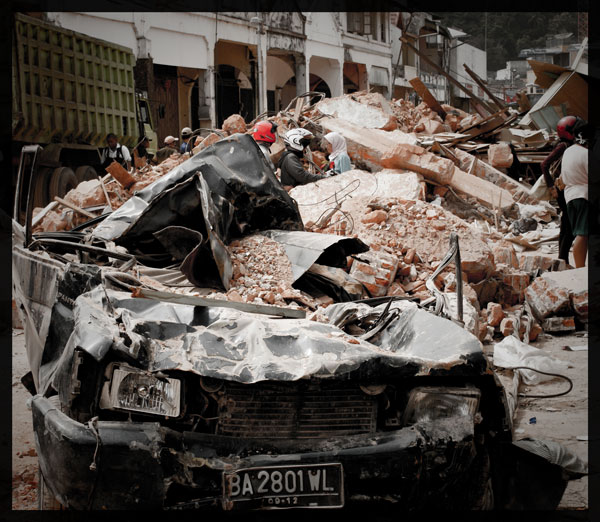
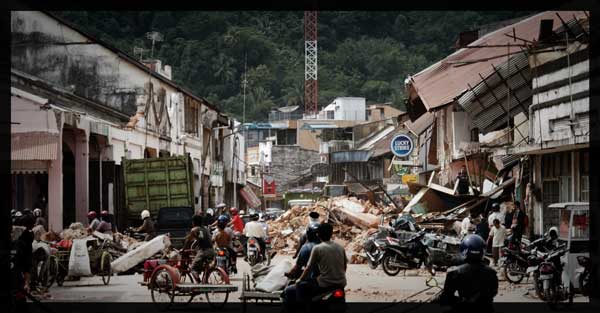
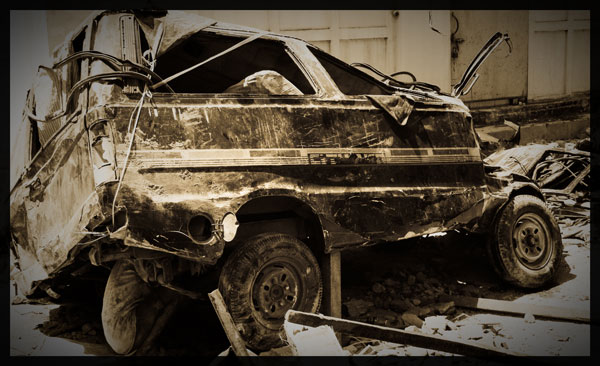

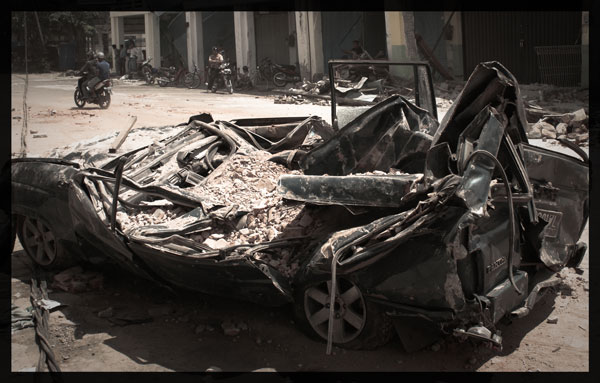
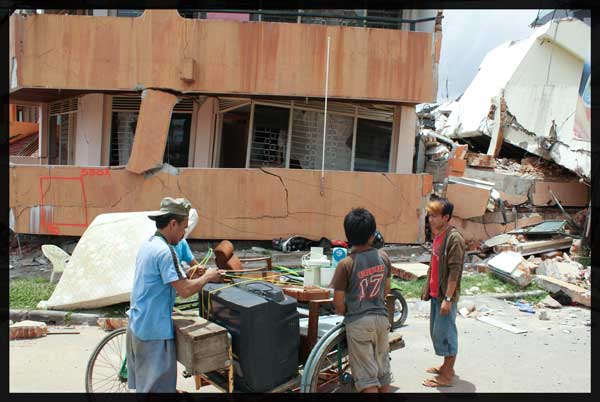
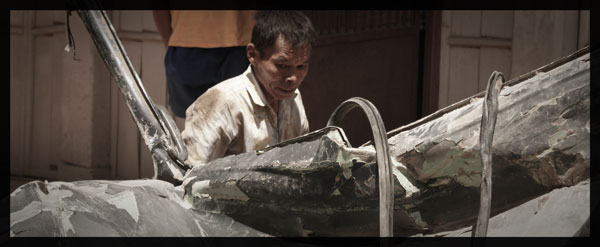

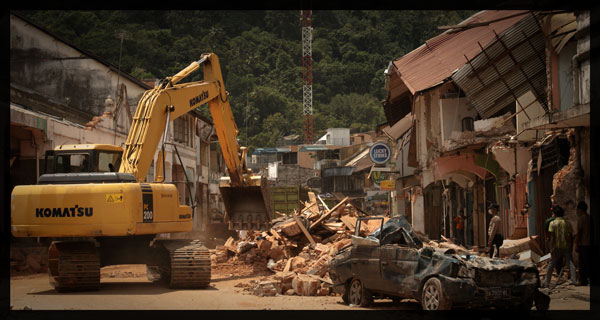


Native Nutrition
Good work, we distroyed our indiginious culture here in australia and I guess many places around the world. Industrialisation did it, but no more than the food that they were provided with. Saving their traditions is damm important to them as it is for us as we could learn so much….we think were so advanced, healthy n happy. Could I suggest some good reading for you, Dr Weston A Price did a study on 14 untouched native tribes around the world in 1930.What he discovered back then is what we are all searching for now health n happiness. until white man intervention n feed them the 3 evils white grain, white sugar and pasteurised milk among other things and stopped their native diets. their health started to decline (photo evidence in dental/body structures) The book is called ‘Nutrition and Physical degeneration’ I know that most of the village around the mentawai have assess to all these damaging foods, implementing native culture in to the school system would benefit them alot. It would keep them healthy and have no need to work jobs, just to live off the land.
Good journey, peace.
Aug 26, 2010 @ 2:55 pm